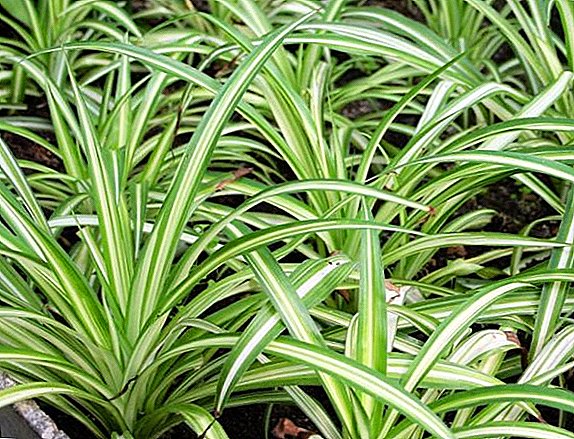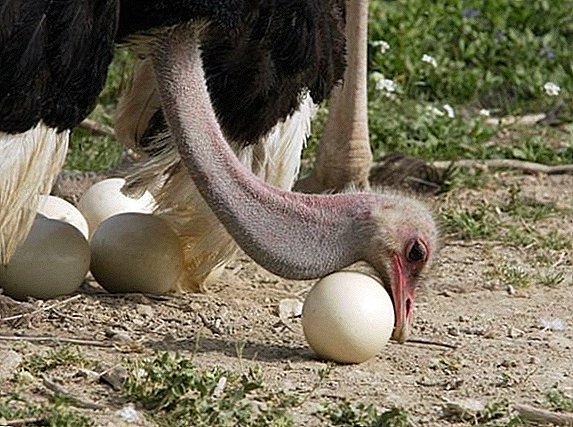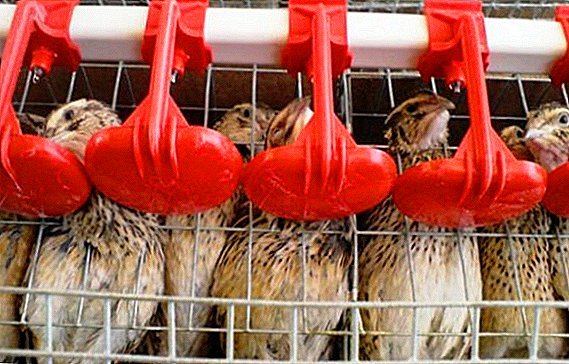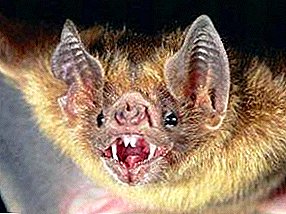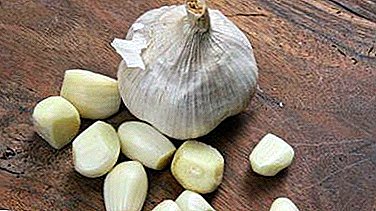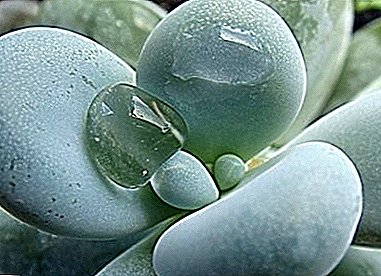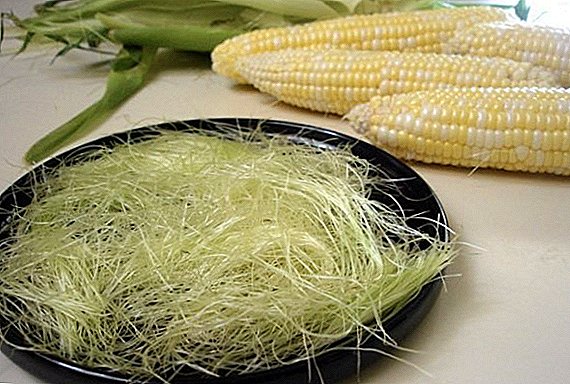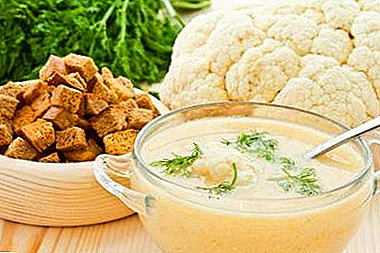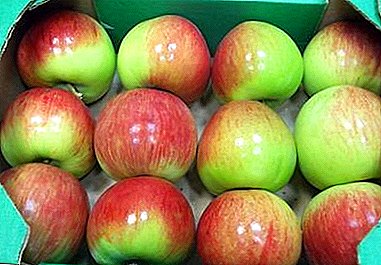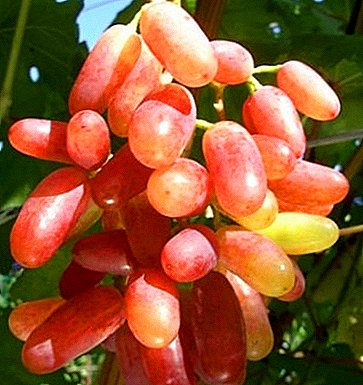
Farmers, experienced in domestic wine, often ask themselves the question: which grape is better to plant on their plot, so that it may bear fruit, be pleasing to the eye and arouse the envy of its neighbors?
The choice is not so great, because you can not forget about the harsh Russian winters.
The cultivar Julian is loved by gardeners for their unpretentiousness, productivity and extraordinary beauty of clusters.
What kind is it?
Julian is a table variety of pink grapes of super-early ripening. It is used in winemaking for blending dessert wines, as well as in juices and juice-containing products.
White Miracle, Pink Grapes and Tason also differ in early maturity.
These grapes can be stored and transported without fear for the safety of its presentation and taste characteristics. For this he is in great demand.
Grape Julian: description of the variety
The growth force of the bush is above average. The cluster is very large (average weight of 1 kg), elongated, shaped like a cylinder. In appearance, it is similar to the “parental” Rizamat, of medium friability, without pea. The berries are golden-pink, to light lilac, large, elongated, pointed at the bottom, very dense and elastic.
The stem is long, light green. The skin is dense, but thin, almost not noticeable when used in food. Hermaphrodite flowers. Escape rich brown color with reddish nodules. Vine powerful, dark brown. The leaf is medium in size, rounded, heart-shaped, mid-cut.
Montepulciano, Haji Murat and Tien-Shan also have bisexual flowers.
A photo
Photos of grapes Julian:





Breeding history
The variety Julian was bred by amateur breeder Kapelyushny V.U. Appeared as a result of crossing varieties Kesha and Rizamat. Despite the statement of breeders about resistance to cold, still feels better in regions with warm and temperate climates, where there is no strong cold.
This is the Crimea, Ukraine, Moldova, the Caucasus. The middle band with its "minuses" can be disastrous for Julian. In general, the characteristics of the variety are currently being tested.
His hand also belong to the Ataman Pavlyuk, the Descendant of Rizamata and the Crimson.
Specifications
The variety has good frost resistance - up to minus 23 degrees Celsius. Relatively resistant to powdery mildew, gray mold, spider mite. Wasps Julian almost not afraid. Differs in high sugar accumulation - up to 28%. The taste of berries is sweet, nutmeg, with a rich aftertaste and light strawberry shade.
Perfectly combined with other varieties and rootstocks. Productivity is high, so the bushes need timely pruning eyes. Norm of eyes - no more than 45 per bush.
Among the frost-resistant varieties can also be called Vanyusha, Zagrava and Pink.
Diseases and pests

Farmers who decide to plant this variety on the plot are lucky - he is almost not afraid of such enemies as wasps, gray rot, mildew and oidium, a tick.
Almost - because at high temperatures (from +25 degrees) and humidity, the probability of fungal attacks increases. And, of course, it is worth fearing an attack “from the air” - the birds are the first hunters to feast on ripe berries.
With birds, everything is simple - put a rigid barrier mesh, and let them fly until they get bored.
It is more difficult with bacteria, if only because not all farmers immediately recognize the onset of the disease. What misfortunes can attack grapes Julian?
Alternaria This is a very serious ailment, which, due to outward manifestation, some farmers consider to be an oidium. It affects shoots, inflorescences, leaves, berries, making them unsuitable for food. To prevent it, you must follow the rules for storing berries. If the disease has already proved itself, it is fought by spraying vineyards with a two percent solution of Bordeaux mixture.
Another disease, also dangerous, is spotted anthracnose. Manifested in the form of dark spots on the leaves, with dead areas inside.
This is the true ulcer of the vineyards of Ukraine, the Crimea and Moldova, the Krasnodar Territory and the Caucasus. And since Julian is quite thermophilic, he also finds himself at risk. Struggling with it is also using a solution of Bordeaux mixture - when the first shoots will be at least 10 cm.
As for mildew or downy mildew, Julian is resistant to it, but at high temperatures the probability of getting sick increases. They are fighting with the disease by spraying of vitriol solution and organic fungicides. Among them are cynos, captan, dichlorfluanid, thiram, and others.
Despite the fact that Julian is a strong, rather unpretentious variety, farmers still need to carry out the prevention of fungal diseases and observe the conditions of fruit storage. At the first signs of defeat, measures should be taken immediately, then the fight against the disease will not require much time and physical costs. It also does not hurt to take action against chlorosis, bacteriosis, rubella and bacterial cancer.


